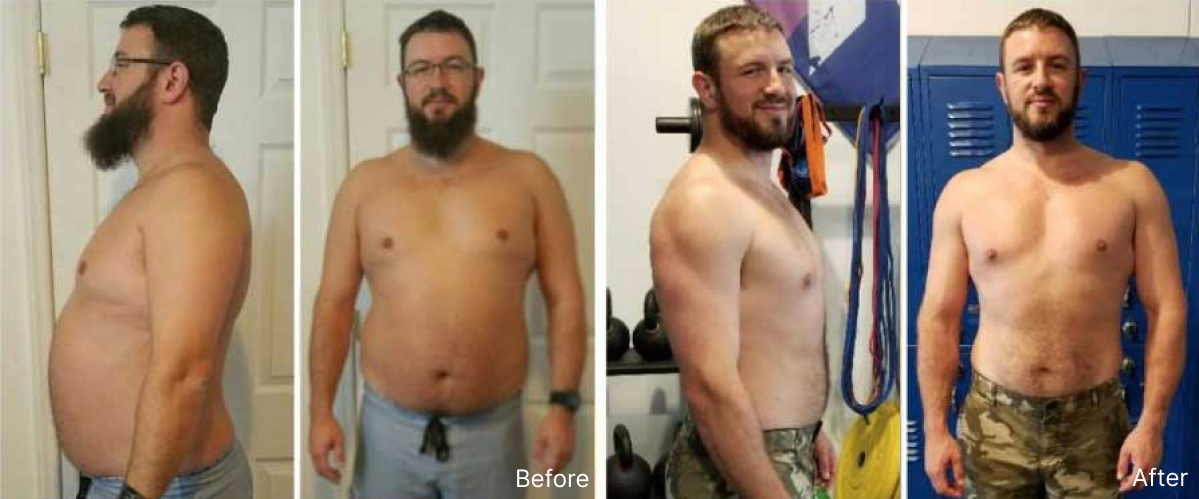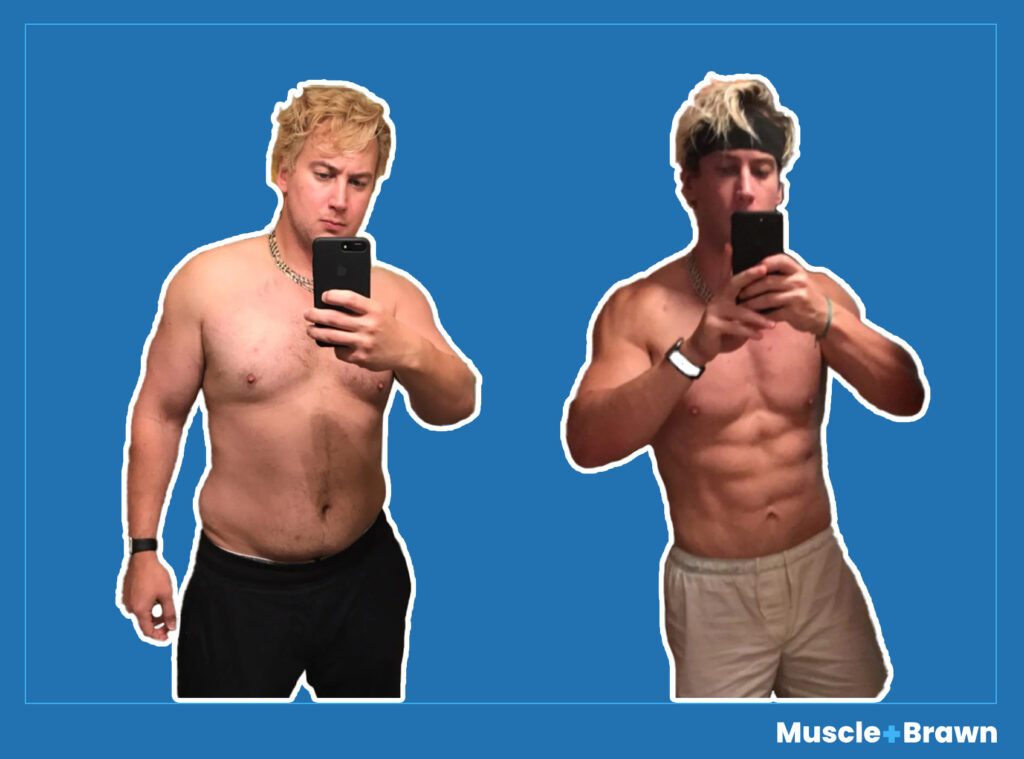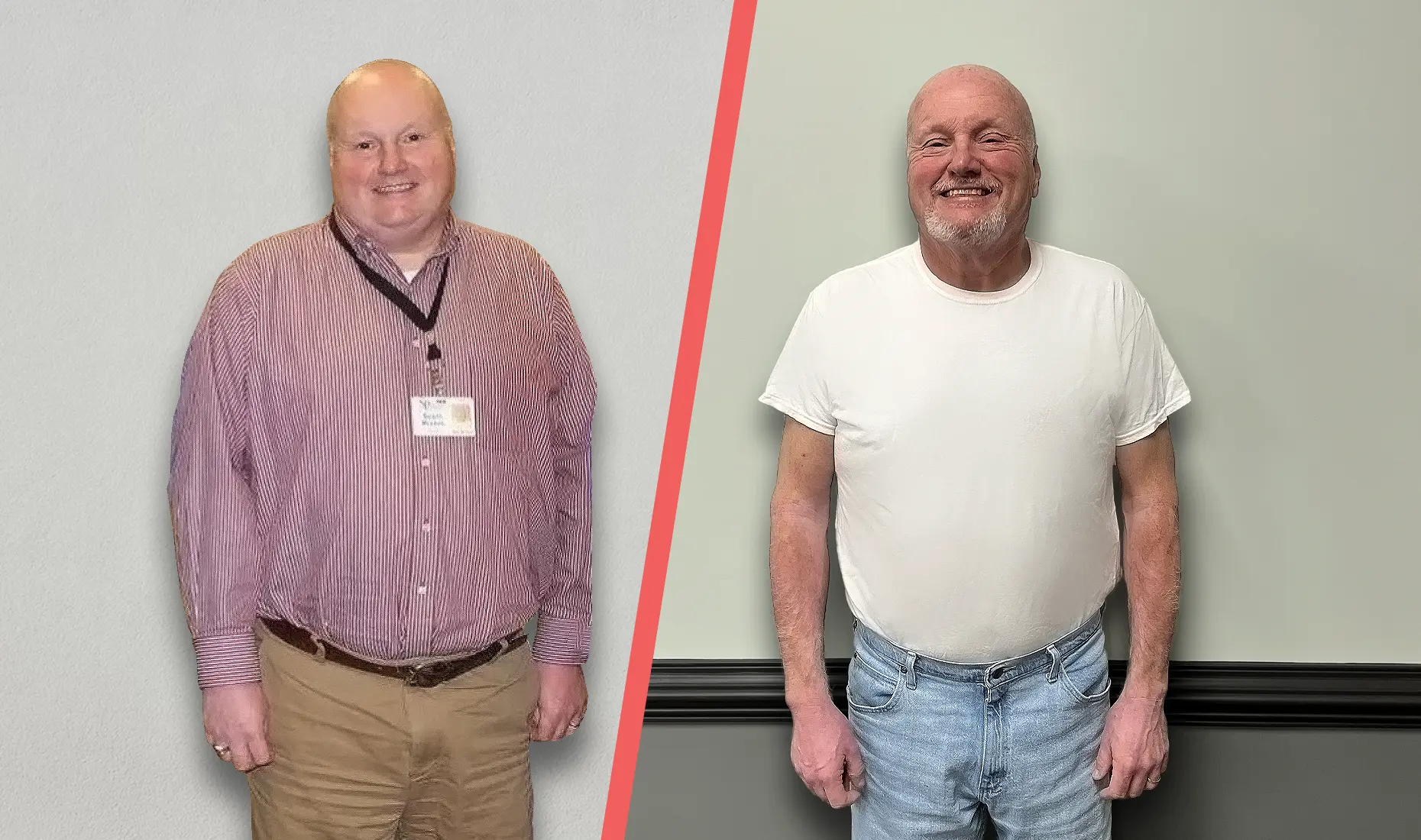Trt Before And After 1 Year

The aroma of freshly brewed coffee hung in the air, mixing with the faint scent of leather from the well-worn armchair. Outside, a gentle rain pattered against the windowpane, a soothing counterpoint to the quiet intensity in Michael's eyes as he recounted the past year. A year of change, of challenges met and overcome, a year that redefined his understanding of strength, both physical and mental.
This is the story of Michael, and countless others, who embarked on a journey with Testosterone Replacement Therapy (TRT). This article explores the transformative potential of TRT within the first year, focusing on the realistic expectations, potential benefits, and necessary considerations, all gleaned from personal anecdotes and insights from medical professionals.
The Before: A Gradual Fade
Michael, a 48-year-old software engineer, described the creeping feeling of inadequacy that had slowly enveloped him. It wasn't a sudden event, but a gradual erosion of his energy, his focus, and his overall zest for life. He found himself increasingly irritable, struggling to concentrate at work, and losing interest in activities he once enjoyed.
He wasn’t alone. Many men experience a natural decline in testosterone levels as they age, a phenomenon often referred to as age-related hypogonadism. This decline can manifest in a variety of symptoms, including fatigue, decreased muscle mass, increased body fat, low libido, and even mood changes like depression or anxiety.
Initially, Michael dismissed these changes as simply getting older. He tried to combat the fatigue with extra sleep, the lack of focus with more coffee, and the low mood with sheer willpower. But these efforts proved futile, leaving him feeling increasingly frustrated and defeated.
Dr. Anya Sharma, an endocrinologist specializing in hormone therapy, explains that the symptoms of low testosterone can often be subtle and easily attributed to other factors. "It's crucial for men experiencing these symptoms to undergo a thorough medical evaluation, including a blood test to measure testosterone levels," she emphasizes.
The Decision: Exploring Options
After months of feeling unwell, Michael finally confided in his doctor, who ordered a comprehensive blood panel. The results confirmed what he had suspected: his testosterone levels were significantly below the normal range for his age. His doctor presented him with several options, including lifestyle changes, dietary adjustments, and Testosterone Replacement Therapy (TRT).
The decision to pursue TRT wasn't taken lightly. Michael spent weeks researching the treatment, weighing the potential benefits against the possible risks and side effects. He consulted with his doctor, sought second opinions, and joined online forums to connect with other men who had undergone TRT.
He realized that TRT wasn't a magic bullet, but rather a tool that, when used responsibly and under the guidance of a medical professional, could potentially improve his quality of life. He also understood that it was a long-term commitment, requiring regular monitoring and adjustments to ensure optimal results.
His decision was ultimately driven by a desire to reclaim his vitality and regain control of his life. He wanted to feel like himself again, to have the energy and focus to pursue his passions and be present for his family.
The Journey: First Year Transformation
Michael's TRT journey began with regular injections, administered under the supervision of his doctor. Within a few weeks, he started to notice subtle but significant changes. His energy levels began to climb, his focus sharpened, and his mood lifted.
The physical changes were equally noticeable. He started to regain muscle mass, particularly in his arms and legs. His body fat percentage decreased, and he found it easier to maintain a healthy weight. He also experienced an increase in libido and improved sexual function.
However, the journey wasn't without its challenges. Michael experienced some mild side effects, including acne and fluid retention, which were managed with adjustments to his dosage. He also had to make significant lifestyle changes, including adopting a healthier diet and incorporating regular exercise into his routine.
Dr. Sharma emphasizes that TRT is most effective when combined with a healthy lifestyle. "TRT can provide a significant boost, but it's not a substitute for a balanced diet, regular exercise, and adequate sleep. Patients need to commit to making these changes to maximize the benefits of treatment," she explains.
One year later, Michael is a different man. He feels stronger, more energetic, and more confident. He's back to enjoying his hobbies, excelling at work, and connecting with his family on a deeper level. He acknowledges that TRT has been a significant factor in his transformation, but also credits his own efforts and the support of his doctor and loved ones.
The Takeaway: Realistic Expectations and Responsible Use
Michael's story, while inspiring, underscores the importance of approaching TRT with realistic expectations and a commitment to responsible use. It's not a fountain of youth, nor is it a solution for all men experiencing age-related decline. It's a medical treatment that, when used appropriately, can improve quality of life, but it also carries potential risks and side effects.
Before considering TRT, men should undergo a thorough medical evaluation to determine if they are truly experiencing low testosterone and to rule out other underlying medical conditions. They should also discuss the potential benefits and risks of treatment with their doctor and have realistic expectations about the results.
TRT should always be administered under the supervision of a medical professional, with regular monitoring to ensure optimal results and minimize the risk of side effects. It's also essential to combine TRT with a healthy lifestyle, including a balanced diet, regular exercise, and adequate sleep.
Ultimately, the decision to pursue TRT is a personal one that should be made in consultation with a qualified medical professional. It's a journey that requires careful consideration, realistic expectations, and a commitment to responsible use.
Looking Ahead: A Sustainable Future
For Michael, the future looks bright. He continues to work closely with his doctor to manage his TRT and maintain his overall health. He's committed to living a healthy lifestyle and enjoying the benefits of his renewed vitality.
His experience serves as a reminder that aging doesn't have to mean a gradual decline into frailty and inactivity. With proper medical care, responsible lifestyle choices, and a positive mindset, men can maintain their health and vitality throughout their lives.
The rain outside has stopped, and a sliver of sunlight peeks through the clouds. Inside, Michael smiles, a quiet confidence radiating from his eyes. He knows that the journey is far from over, but he's ready to face whatever challenges lie ahead, knowing that he has the strength and vitality to live life to the fullest.


















